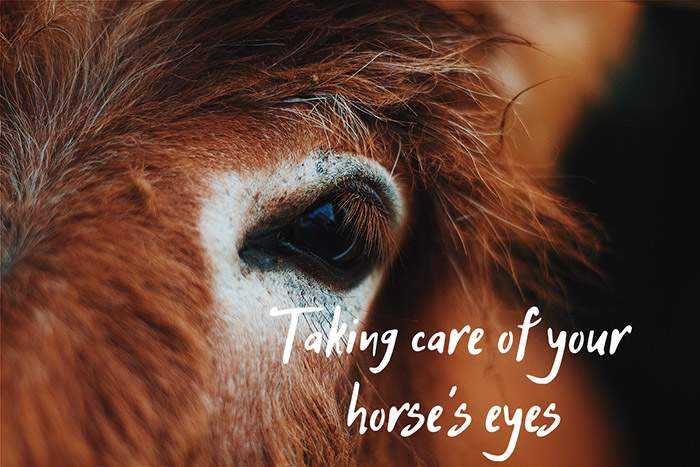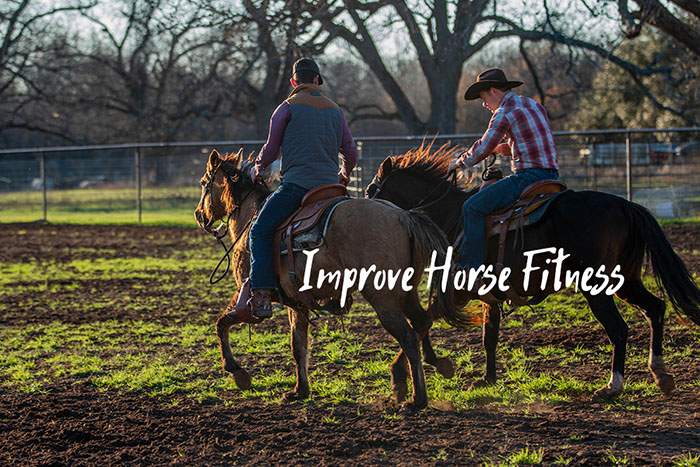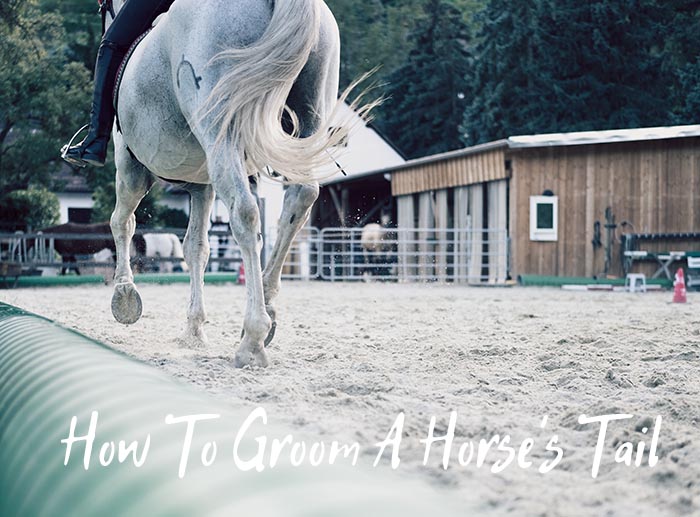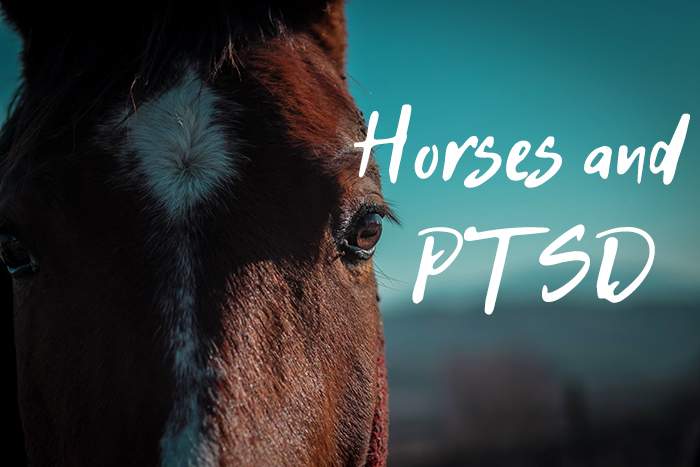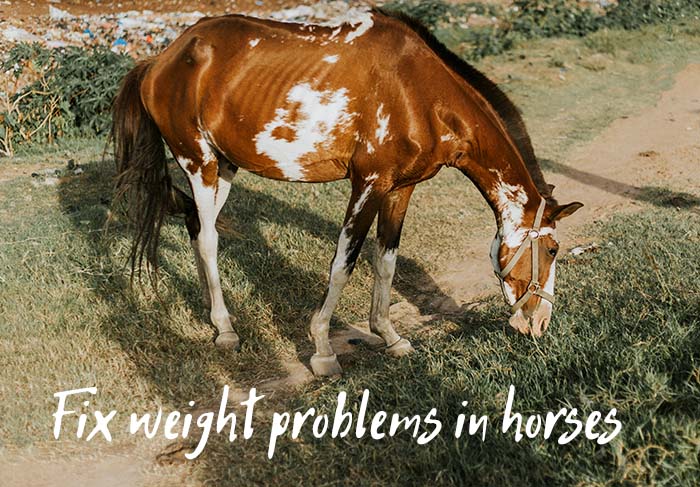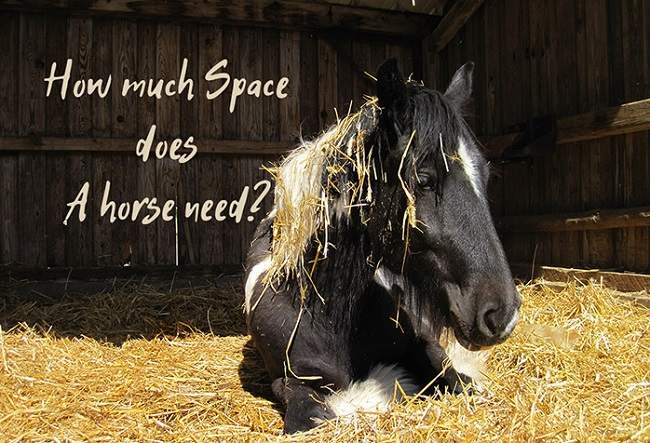Why Do Horses Need Shoes and Can Your Horse Go Unshod?
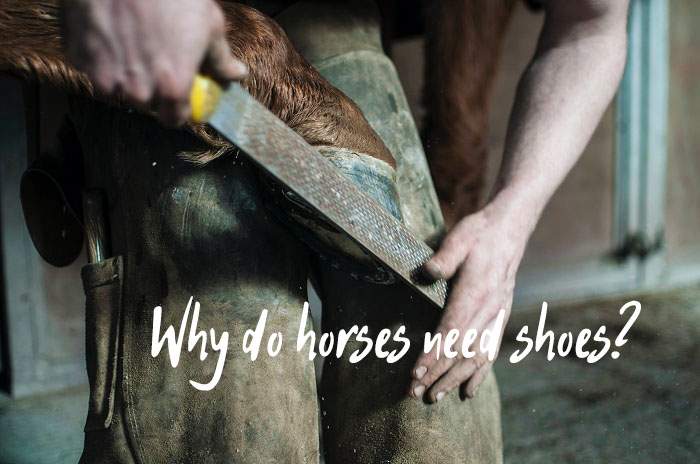
According to history, the Romans were the first to shoe their horses around 2,000 years ago. They didn’t use nails and horseshoes like we do today, but rather a series of hoof pads designed specifically to protect the hoof from damage. In about 500 AD, we began nailing horseshoes, but why do horses need shoes in the first place, and could a horse go barefoot in our modern times?
I’m going to answer these two questions in full, as I think it is very important to understand exactly why horses need shoes and when we can take them off without consequences.
Why do horses need horseshoes?
We wear shoes to protect our feet, right? Well, the same could be said about horses. Some of them need horseshoes to protect their hoofs from damage, particularly if they’re walking across rough surfaces on a regular basis. So, horses who walk on pavement or asphalt on a daily basis definitely need horseshoes, as their hoofs would otherwise become incredibly damaged.
Horses have evolved to run on plains and other similar surfaces. On the natural ground, if you will. It’s true that some horse breeds have tougher hoofs than others, but if you plan to put your horse to work a lot, and if you plan to take it into town often, you should definitely get in touch with your nearest farrier – that’s the person who specializes in putting shoes on horses.
The farrier will analyze your horse’s hoof and will let you know its condition and whether you should apply the shoe or not. Truly, a farrier is the most qualified to guide you in the right direction. I’m just here to point you in the right direction. The farrier will also trim the hoof if needed, and he will help balance them out if they’re particularly damaged. A horse can be off-balance because of a worn-out hoof, and this is where horseshoes can really do wonders.
Does the horse feel pain when the shoe is applied?
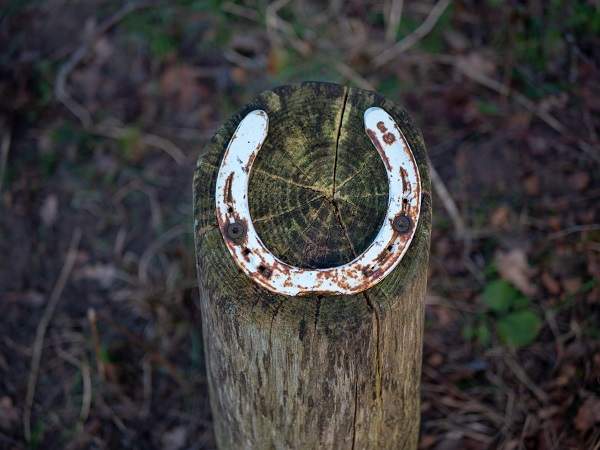
There’s a good reason why horseshoes are shaped the way they are. You’ll notice that they don’t cover the entire hoof but only the outer edges. That’s because that part of the hoof has no nerve endings, and the horse doesn’t feel any pain when the shoe is fixed. Even though the actual process of nailing in the horseshoe might seem painful, the horse doesn’t feel anything at all.
Of course, we’re talking about a healthy horse with a healthy set of hooves. If the hoof is damaged, the horse might need trimming and some treatment before a shoe can be applied. That being said, applying a shoe is not as easy as it might seem. It requires precision and a careful analysis of the hoof beforehand. That’s why you should always go to a farrier for this procedure. Never try to shoe your own horse!
Still, I should note that if the nail is not driven properly into the hoof, it might cause pain or even a mild infection. Furthermore, if the horse ends up pulling the shoe off on its own, it might end up tearing the hoof wall or straining a tendon. This could cause quite a bit of pain and discomfort. Clearly, shoeing a horse comes with a few risks, which is why it’s so important to do it right.
Can a horse go barefoot/unshod?
As I mentioned above, if you know that your horse won’t run or step on any hard surfaces for the foreseeable future, shoeing it might not be necessary at all. Horses are perfectly adapted to run on normal ground and through muddy surfaces. While a shoe might improve the horse’s balance and provide some protection for the hoof, it’s not mandatory to go through with the process in this case.
Horses that are bred for speed or those that will live in urban areas will benefit from horseshoes far more than your regular countryside horse that spends most of its life in the stable, on the fields, or in the pen. So yes, your horse can go unshod provided its environment won’t damage its hoofs in the long run. Moreover, even if your horse had shoes before you got it, you can always let it go barefoot for a while and apply the shoes at a later date if you decide to put it to work.
Ask yourself these questions before deciding whether your horse should be shod.
- Does your horse have good hoof growth? An imbalanced foot or a poor diet could lead to poor growth, in which case the horse will have a harder time dealing with concussive forces on hard ground. In this case, horseshoes would help.
- Is your horse young? The hoof capsules of foals are much more flexible when compared to older horses. Therefore, it will be easier to correct any deformities at a younger age. If the horse is older, the farrier will have a much harder time with this, and the results might not be as ideal.
- What kind of work will the horse perform? Concrete and tarmac will wear out a horse’s hoof faster, in which case an unshod foot might give in after a while. Soft ground is much more forgiving, always keep this in mind.
- Is the horse healthy? Diseases such as Cushing’s could lead to unexpected changes in the hoof capsule. If not kept in check, these deformities could result in an unbalanced foot.
- How heavy is the horse? Lighter horses will have less wear on their hoofs when compared to heavier ones. Weigh your horse often and make sure it isn’t overweight for its breed and age.
- Does it have a history of laminitis? This is where being shod could prove very beneficial. Laminitis is an inflammation of the laminae of the foot, which could cause extreme pain and lead to instability of the coffin bone in the hoof.
Conclusion.
Some horses need horseshoes, that much is clear, but not necessarily all the time, especially if they’re only going to walk on softer ground. As a relatively invasive procedure, applying the horseshoe is still controversial to this day, and many see it as inhumane.
One of the key responsibilities of a farrier is to determine whether shoeing your horse will provide more benefits than disadvantages. Some horse owners would never shoe their horses because leaving them unshot is the “natural way.” Others would never let them go unshod even if the horse doesn’t necessarily need the extra protection.
What we need to remember is that we shouldn’t shoe our horses because of what we personally prefer. We’re not going to wear the horseshoes, the horses will. Therefore, always keep the horse’s best interest in mind, and then the solution becomes clear. If the horse needs to be shod for its own protection or to improve its balance, do it. If not, just leave it unshod, but don’t forget to trim the hoof regularly and visit a farrier just to be sure.
Caring for a horse is not easy, and it’s definitely not cheap, but it is incredibly rewarding. No arguments there, right?

